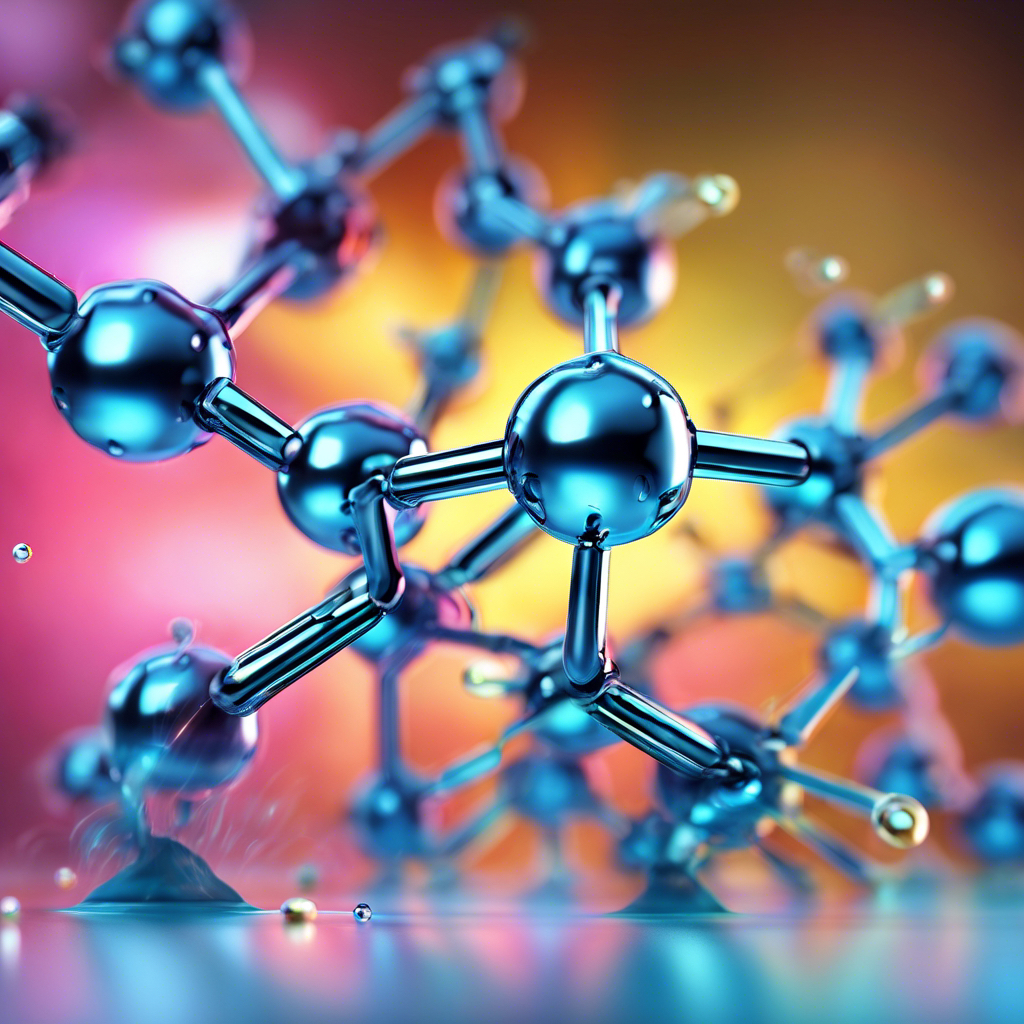Introduction:
When choosing the best food for our four-legged friends, you sometimes hear it claimed that inorganic minerals are not good, synthetic and a cheap solution. Organic minerals are the best and are much better absorbed. Is this true? And why is this? But is this safe? Over the past few months, we have been working non-stop on this to find out which form is best to use in our YDOLO dog food. To this end, we approached several nutritionists, biologists and herbalists to understand this properly. Below we explain this as simply as possible so that you understand our choice and can make the right one yourself.
What is the difference between organic and inorganic minerals ?
Many people think that organic has something to do with “organic” “organic”, while inorganic has something to do with “synthetic”. Unfortunately, this is wrong because the terms come from chemistry.
Organic Minerals:
Organic minerals are minerals that are bound to a molecule made up of carbon atoms, usually an amino acid. (the building blocks of proteins). In this context, “organic” does not refer to its natural origin, but to the chemical composition of the compound.
Inorganic Minerals:
Inorganic minerals, on the other hand, are bonded to other atoms; oxide or sulfate compounds and are therefore not bound to carbon atoms.
Many inorganic minerals are found in rocks, soil, and water. For example, sodium chloride (table salt) is an inorganic compound. But plants and animal meat also consist for the most part of inorganic minerals.
Whether a mineral comes from a synthetic or natural source cannot be deduced from the name “organic or inorganic”.

Which are the synthetic and which are the natural minerals?
Both forms can be either natural or synthetic. So don’t be under any illusions, the minerals as we know them in a dog food or in a supplement are almost always produced in a lab. So both the organic and the inorganic are synthetic!
E.g. zinc chelates are often formed by binding zinc ions to organic molecules, usually amino acids, in a controlled environment. This process causes the formation of zinc chelates that can be easily absorbed by the body. This process is more cumbersome, which makes it more expensive to make.
E.g. Zinc oxide is generally manufactured by a chemical process that combines zinc and oxygen.
When choosing minerals for food supplements or animal feed, it is important to look at the purpose of the minerals, regardless of whether they are natural or synthetic. It is also important to understand how they are absorbed by the animal’s body and what path they follow.
How are both forms absorbed by the body?
Role and sorting function of the Intestine:
The gut acts as a selective gatekeeper mechanism that determines which substances enter the body and which are excreted. To take up various substances, it has specialized cells with transport molecules that identify and absorb specific substances. Each type of transporter is responsible for a specific molecule or ion, such as transporters for fatty acids, vitamins, and minerals. Mineral transporters, in turn, are specific to certain minerals, where, for example, magnesium is only taken up by magnesium transporters and phosphorus only by phosphorus transporters.
The absorption of minerals usually takes place in the form of ions. This means that inorganic minerals dissolve and dissociate in the food slurry, causing zinc sulfate (ZnSO4) to break down into zinc (Zn2+) and sulfate (SO42-), for example. Both components are then absorbed through different conveyors, with zinc being absorbed through the zinc conveyor and sulphate through the sulfur conveyor.

The body always strives for homeostasis, i.e. a balance. In this way, it also controls the intestines, which in turn decide what is needed and needs to be absorbed at this time.
If there are deficiencies in the body, such as when there is too little magnesium available, these intestinal wall cells receive signals that they need to absorb this mineral as efficiently as possible. So the body regulates what it needs based on its knowledge and state of affairs in the body. On what is needed at that moment.
When and why do I choose organic minerals and when do I choose inorganic minerals?
**1. Stability and heat resistance:
Inorganic Minerals:
These minerals are generally more stable and resistant to temperatures during the dog food manufacturing process, such as when making kibble. As a result, they retain their structure and nutritional value better.
Organic Minerals:
Some organic minerals may be more sensitive to heat and may lose their structure or effectiveness during the manufacturing process, which can affect the consistency of the final product.
**2. Absorption into the Digestive System:
Inorganic Minerals:
These minerals are often sorted by the intestinal wall based on the body’s needs. The digestive system can regulate the absorption of these minerals, preventing excessive intake. The natural sorting system ensures that the body maintains its own homeostasis.
Organic Minerals:
Organic minerals can bypass the sorting function of the intestine. This allows them to be absorbed into the body faster and uncontrollably, which can interfere with natural regulation but allows for better absorption.*
**3. Security and Consistency:
Inorganic Minerals:
Because they are less sensitive to changes in environmental conditions, inorganic minerals are often safer and provide consistent nutritional value in the dog food, guaranteed until the expiration date.
Organic Minerals:
The bypassing of intestinal function can lead to better absorption, but can therefore overload other organs if this mineral is already present in excess. In supplement form, this has the advantage that you are almost certain that they are absorbed well and a lot, so you can supplement deficiencies more easily.
This sorting function ensures that only necessary substances are absorbed, while unnecessary substances are excreted directly through the faeces and do not cause any extra strain on other organs, for example. Organic minerals, such as chelates, can bypass this sorting function and bypass the natural selection mechanism.
These are usually bound to amino acids and do not detach from them during the digestive process. Instead, the amino acid is recognized, and the mineral is fully absorbed by the amino acid transporters. So this is almost always included. So when there is already too much supply, it is also absorbed and only then does the body realize that this amino acid is still bound and “not pure” – it has a mineral bound in a place where it does not belong. The amino acid is only broken down here and the mineral is now released into the bloodstream. In the event of a shortage, this is ideal because you can make adjustments faster and with greater certainty. However, when there is already too much of this mineral present in the body, you will overload the kidneys to excrete it.
Inorganic minerals are subjected to this sorting function, and if the body does not need them, it will do its job of maintaining homeostasis
